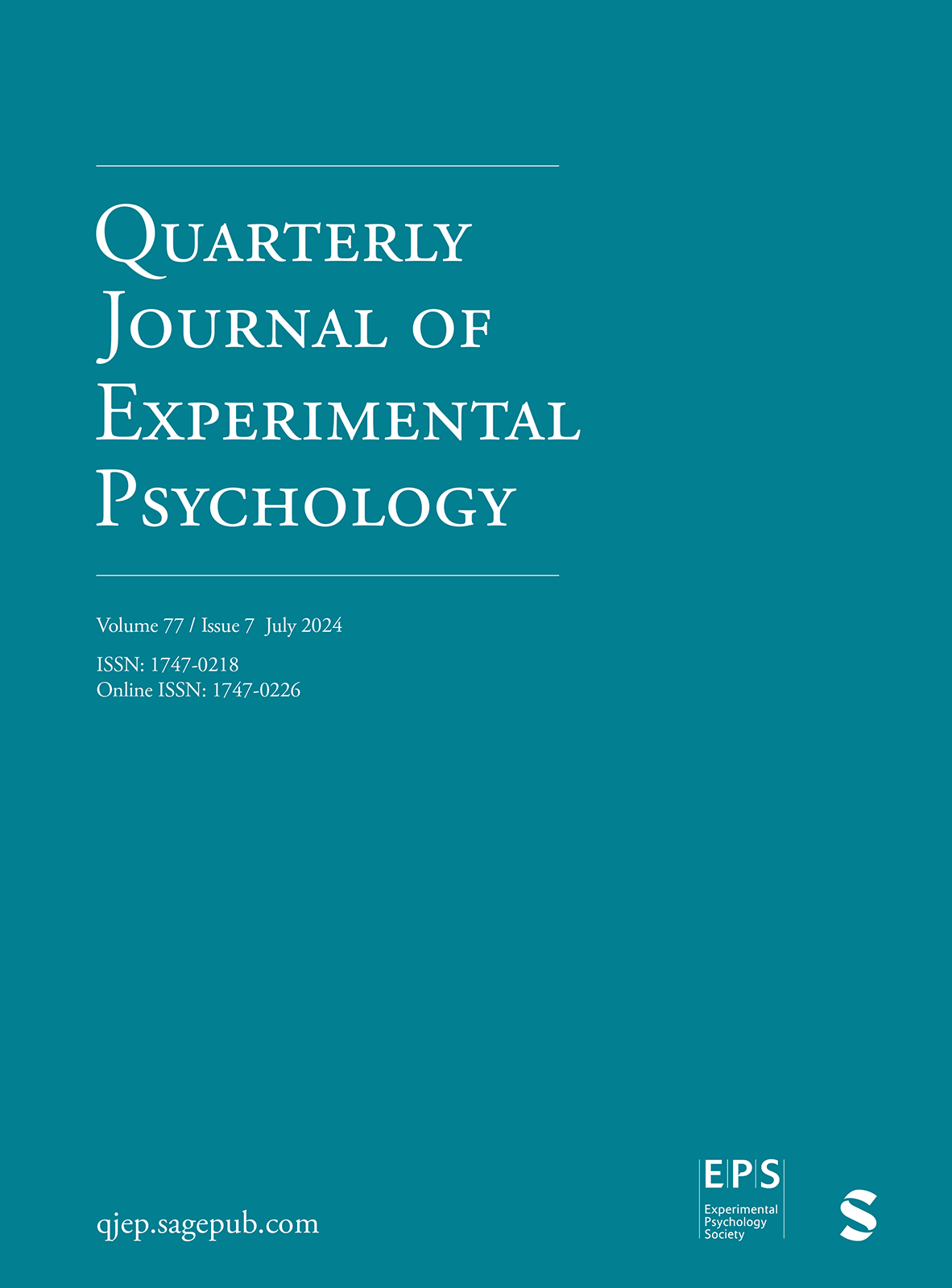In four experiments, we varied the time between the onset of distracting nonwords and target colour words in a word-word version of the colour-word contingency learning paradigm. Contingencies were created by pairing a distractor nonword more often with one target colour word than with other colour words. A contingency effect corresponds to faster responses to the target colour word on high-contingency trials (i.e., distractor nonword followed by the target colour word with which it appears most often) than on low-contingency trials (i.e., distractor nonword followed by a target colour word with which it appears only occasionally). Roughly equivalent-sized contingency effects were found at stimulus-onset asynchronies (SOAs) of 50, 250, and 450 ms in Experiment 1, and 50, 500, and 1,000 ms in Experiment 2. In Experiment 3, a contingency effect was observed at SOAs of -50, -200, and -350 ms. In Experiment 4, interstimulus interval (ISI) was varied along with SOA, and learning was equivalent for 200-, 700-, and 1,200-ms SOAs. Together, these experiments suggest that the distracting stimulus does not need to be presented in close temporal contiguity with the response to induce learning. Relations to past research on causal judgement and implications for further contingency learning research are discussed
Does temporal contiguity moderate contingency learning in a speeded performance task?
